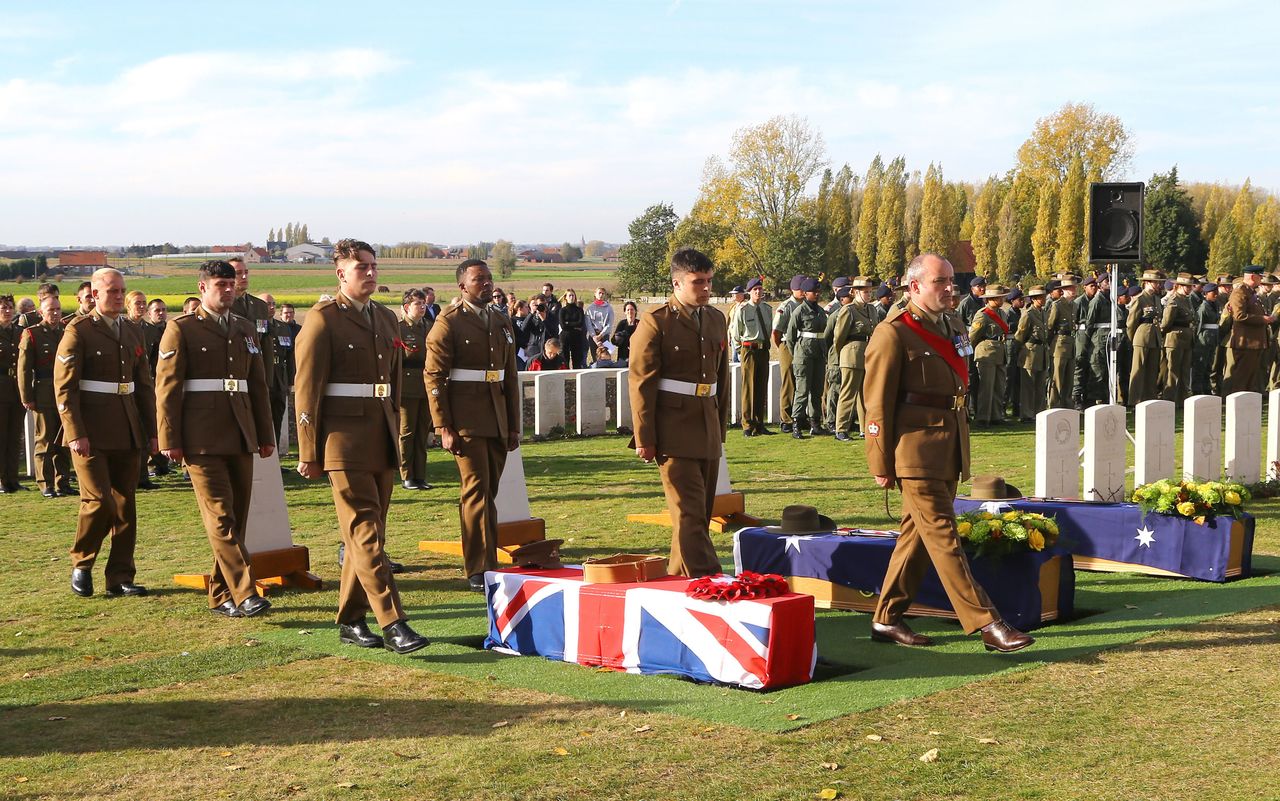Eight years ago, the remains of a 22-year-old British Royal Marine were found in a shallow field grave by a river in the Netherlands. DNA testing carried out by Dutch Army experts identified them as belonging to a Royal Marine, David Williams, who born to a single mother and given up for adoption.
David, who was unable to swim, drowned during a military operation near Waalwijk, North Brabant, in 1945. He lay in the ground undiscovered for 65 years, and was finally buried at a nearby cemetery in the presence of Royal Marines in 2016.
But while he was unaware of any living relations during his short life, in death he found his family, a link that was only made possible thanks to the collaborative detective work of the Recovery and Identification Unit (RIU) of the Royal Netherlands Army and the Ministry of Defence’s Joint Casualty and Compassionate Centre (JCCC.)
Thanks to their joint investigations, the only existing photograph of David now takes a prized spot in the home of the half-sister he never knew he had.
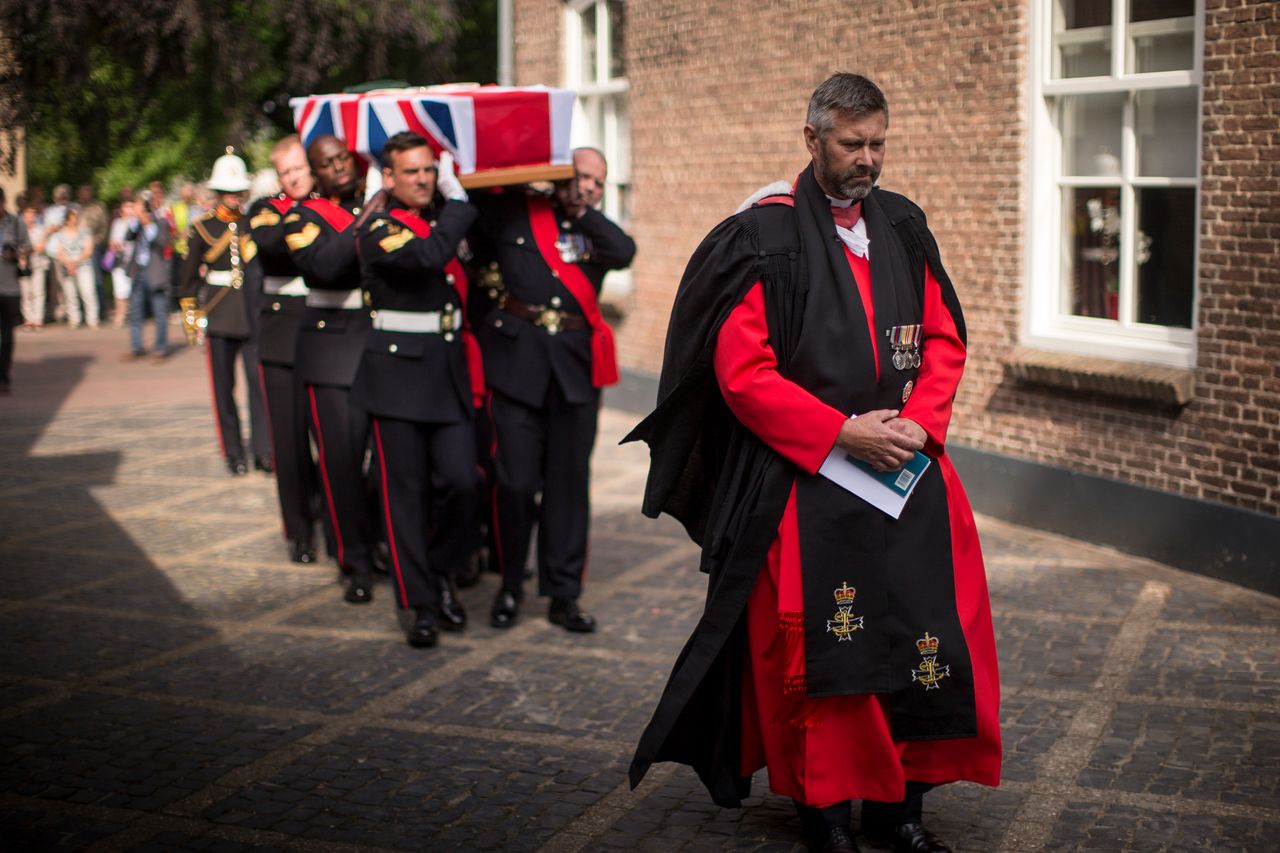
The JCCC comprises of a team of six women based at Imjin Barracks in Gloucester, all of whom are dedicated to identifying and burying the remains of recently discovered service personnel killed in historic campaigns from world war one onwards.
The identity of some soldiers remains unknown, but for those like David, the work of the JCCC and the RIU means these young men can eventually go to their graves having been claimed.
Louise Dorr of the JCCC personally oversaw David’s case and remains in touch with his half-sister, Sheila Clough.
Clough had no idea of David’s existence, for their mother Gertrude had given him up for adoption before having five further children – Sheila herself and four sons, who have since passed away.
Dorr said: “[Clough] found out all in one day that her mum had had a previous child, that he’d been given up for adoption, gone off to war, been killed and never come home – and had now been found again.
“I went to visit her soon after the discovery and over the months as we planned his burial, we spoke regularly. By the time we laid him to rest it was if he had always been part of her family. She is so proud of him.”
“By the time we laid him to rest it was if he had always been part of her family”
- Louise Dorr
There are two strands to Dorr’s work: cases which entail physical remains, where the group aims to identify the individual and organises a burial with a current regiment as military support; and those where members of the public make applications where they believe they have sufficient evidence that the remains of an unknown soldier are related to them.
For Dorr, the nature of the work is especially significant. She has a great-uncle who went missing in the Battle of Passchendaele, fought by the Allies against the German Empire. It lasted 105 days, with 500,000 casualties. The bodies of 42,000 were never found.
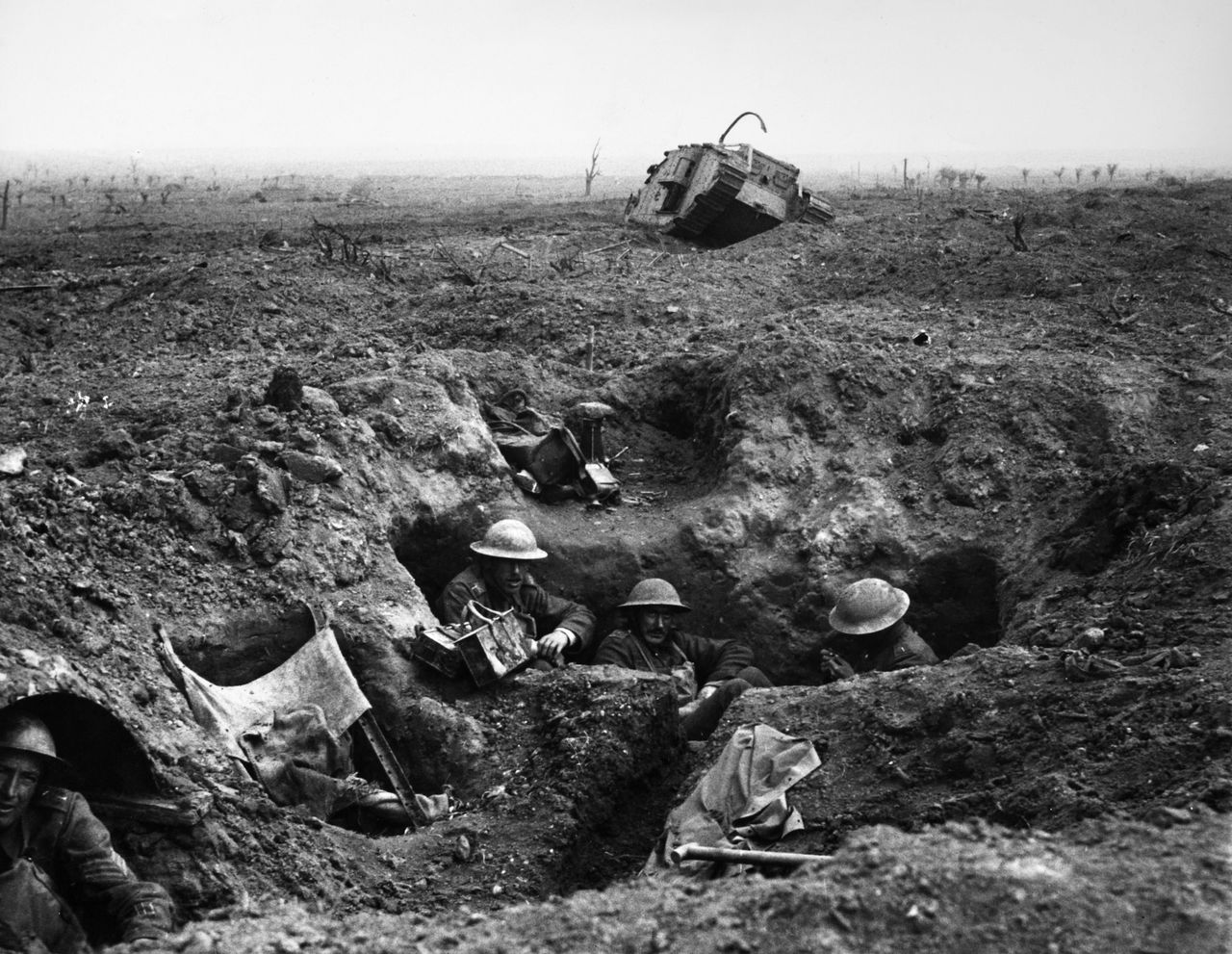
Dorr said: “My great uncle Stephen is still missing and I thought about how rewarding it would be to be able to bring some closure to other families in the same position.”
Sometimes there is no surviving family to match with remains, such as in the case of 22-year-old Donald Noble, a Lance Corporal in the Wiltshire Regiment whose remains were found and identified by the RIU in the Netherlands, 69 years after he was killed in the Battle of Arnhem.
The young man’s body now lies at Arnhem Oosterbeek War Cemetery, along with a handful of soil from his mother’s grave in Leeds – a touching familial link only made possible thanks to the work of the RIU and the JCCC.
Dorr and her colleagues were the ones to discover Donald was the only child of Dorothy Noble, an unmarried mother in Leeds, who raised him on her own before proudly waving him off to the army when he was just 16. She died in her mid 50s, 10 years after her son was killed in action.
Dorr says: “Dorothy Noble never married or had other children and she went to her grave never knowing what happened to her only child.”
The headstone on her grave reads: “In proud and loving memory of my son, Donald, lost at Arnhem, age 22. Abide with me.” After the link was discovered, Donald’s headstone now reads: “In proud and loving memory of Donald, son of Dorothy. Abide with Me.”
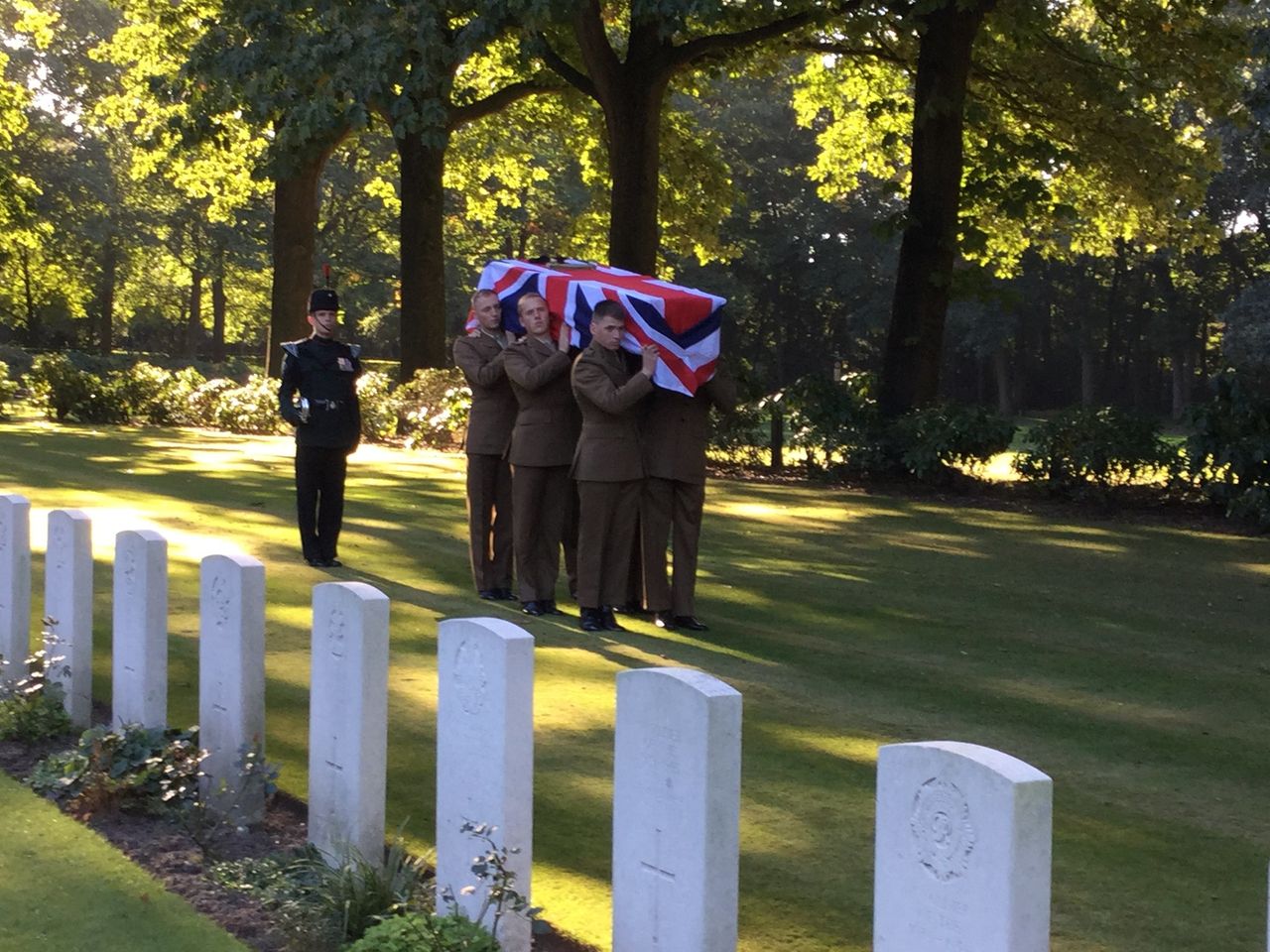
Dorr said: “It was so touching to be able to bury him, and although we weren’t able to find any living family for him, we duplicated the inscription on her headstone to his so the two graves are linked if nothing else.
“I attended the ceremony and I made sure a bit of the earth from her grave was buried with him. It’s all about the person who’s sacrifice we are honouring. I can’t imagine the terrors and the horrors that they went through, so what I want to do for them is the best I can to give them the sort of burial they should have had at the time, had the circumstances been different.”
Dorr said when the team isn’t able to identify remains, or reunite them with families, “it is a really sad feeling to have to lay them to rest without knowing who they are.”
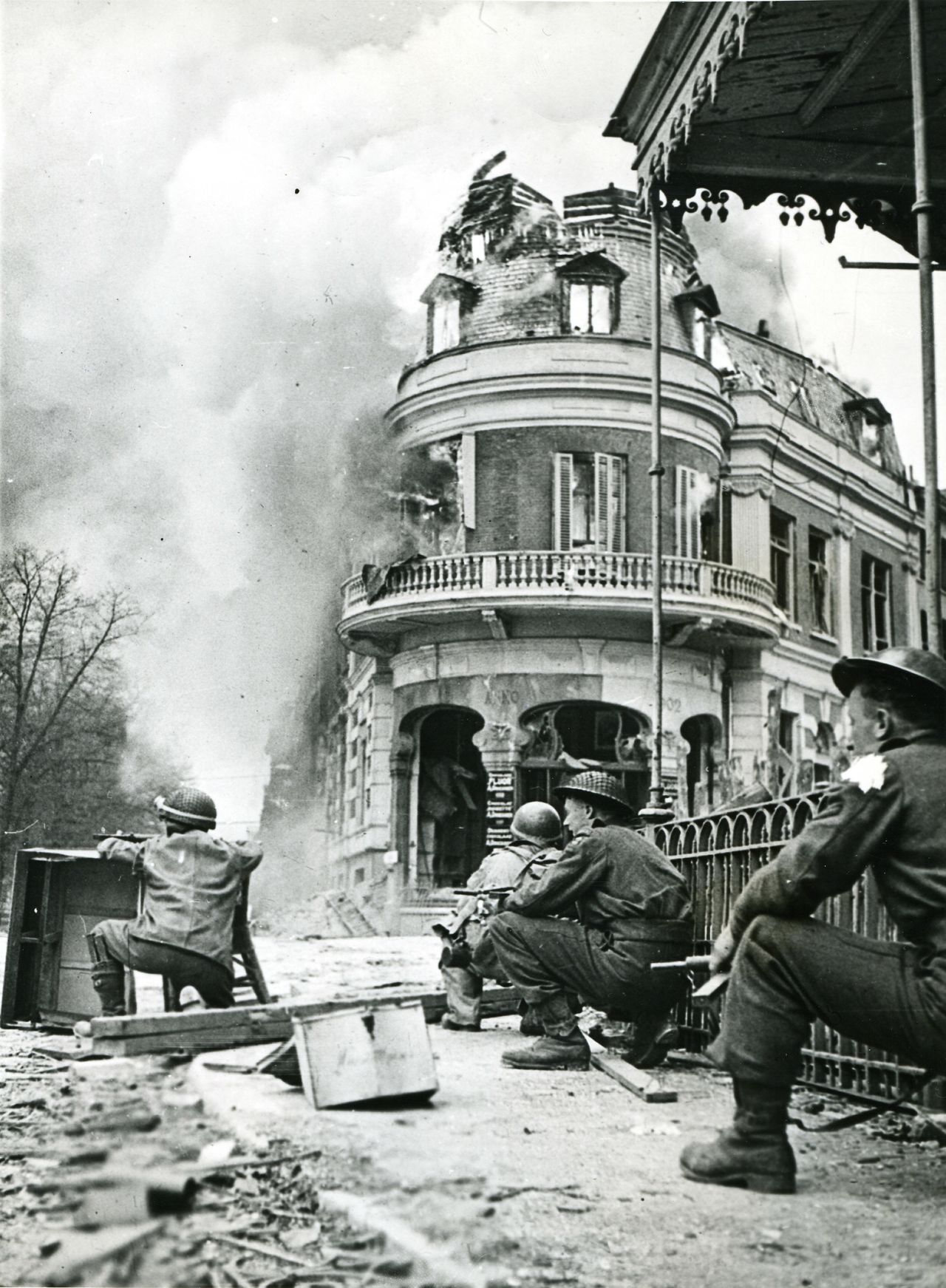
Today, the bodies of those who die while serving overseas are repatriated, but during both world wars, and up to the 1960s, the policy was to bury personnel in the country where they died alongside their comrades.
Metal identification tags were not widely used during the first world war and many paper records from that time were destroyed in the Blitz, so obtaining a positive identification is often difficult. The regiment of an individual may be identified from the location of the find or uniform recovered with the remains, as can personal items, such as letters or other artefacts.
Earlier this week an unidentified British soldier who died in the First World War was laid to rest with full military honours in Ypres, Belgium. The coffin of the unknown man, who served with the Lancashire Fusiliers regiment, was draped in a Union flag, with a wreath of poppies laid on top alongside a belt and hat of the regiment.
His grave, as is custom with all unidentified soldiers, was marked by a headstone marked: “Known Unto God.”
This article has been amended to further highlight the work of the Recovery and Identification Unit of the Royal Netherlands Army.
